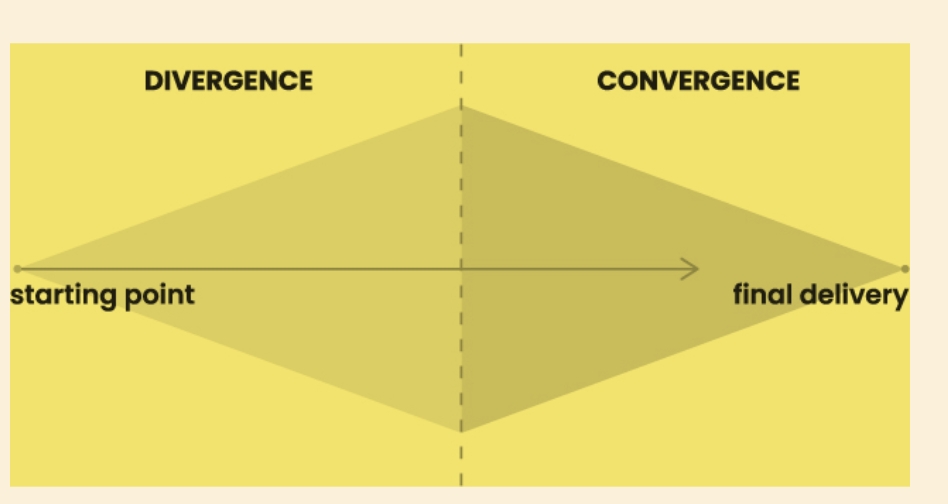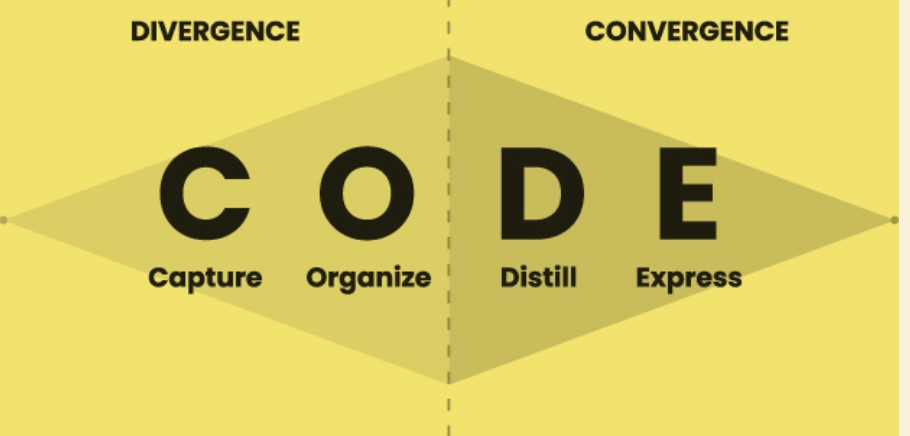
Memorable Quotes
- You cant wait until everything is perfect.
- I think it’s important to put your impressions down on the first reading because those are the initial instincts about what you thought was good or what you didn’t understand or what you thought was bad.
- The biggest obstacle I had to overcome was my own fear and self-doubt—fear that maybe my work really wasn’t good enough, maybe I wasn’t smart enough; maybe the people telling me I couldn’t make it were right.
- Use what you have; even if it seems meager, it may be magic in your hands.
- Move quickly touch lightly.
- It is never a person’s toolset that constrains their potential, it’s their mindset.
- It’s crucial to stay organised, but it needs to be done a little at a time in the flow of our normal lives.
Why I Picked Up This Book
-
The main reason why I picked up this book is to figure out how can I manage all the information that I gather daily and learn to build a second brain. The idea of PKM (Personal Knowledge Management) has been fascinating to me. I always try to observe the nature and capture as much information as possible, but one problem that I always suffered was losing these ideas and information. Whenever I read a book or noticed something interesting, I used to remember that for a good amount of time but overtime, I used to forget the essence of the idea and information which made me unhappy. Even in research, I see a lot of interesting ideas that deeply resonate with me but overtime I forget them and end up back to square one.
-
Even if I noted down the important stuff, it was not organised in such a way that it could be useful for me. Also I struggle a lot with managing my projects and this book gave me an interesting way to tackle this problem. The idea of PKM came to me through an app called obsidian, which has become my daily note taking and PKM management tool.
Personal Reactions
I find this book really interesting. This book not only teaches us how to build a second brain but also teaches us why building a second brain is useful and help us become more creative in our fields. The moment I started following this book, I tried the ideas present in it and it has significantly helped me in many areas of my life ranging from managing my personal health to my side projects and has helped me identify what I truly love doing. In my research side also this book is helping me to handle the challenging parts of my research despite experiencing burnouts. Even though I am not able to follow everything that i want to follow from this book, I have been able to build up habits that has helped me slowly follow everything and make it a second nature for me. Also most of the productivity books that we read create stringent requirements or give some stupid templates that are difficult to follow and not practical for everyone. (Everyone has their own way of doing stuff and its not necessary that the one way they suggest will help), but this book helped me organise stuff without having any stringent requirements on how I should organise. In-fact the ideas of PARA are so liberating for me as finally I don’t have to remember where exactly to store a piece of information. Also this book helped me distinguish the phases of convergence and divergence using CODE, that has significantly helped me to work on something creative. It also helps me link unrelated ideas and finally it has given me the confidence that I can learn anything.
Quick Summary i.e TLDR
This book is about building a second brain to organise your lives. Its also teaches you a system of organisation, why building a second brain is important as well. It also teaches you how to become more productive and tackle challenges related to procrastination and lack of ideas. It also teaches you how to effectively collect and organise information. Along with that It also gives several case studies that can help us understand how to tackle the problems. It also gives a good insight into how we can use the tools effectively to build up our second brain.
Things that I find interesting about this book
12 Favourite Problems
The worthwhile problems are the ones you can really solve or help solve, the ones you can really contribute something to - Richard Feynman
The amount of information that we go through everyday is insane. There is actual information overload happening right now and these 12 problems basically act as a filter on what information we must capture and what information we must not. Here are my 12 favourite problems.
- How can I organise myself to become productive and avoid procrastination in my life?
- How can I become a great programmer and create achievements in the field of Systems (OS Development, App Development, Compiler Development, Design and Development of Programming Languages)
- How can I learn Languages Faster And Help The Community By Building Tooling Around These Languages
- How Can I Get Back My Body Back In Shape To Live And Stay Healthy?
- How Can I Invest Wisely And Help Myself Build A Rapport For My Future Endeavours?
- How Can I Improve My Social Media Presence Via Blogs and YT Videos To Become A Part Of The OSS Community And Help New Comers And Seasoned Programmers
- How Can I Be Of Value To Mother Nature And Help In The Development Of Everyone
- How Can I Get Back Into Music Again And Have My Own Compositions For My Own Happiness (Preferably Share With The World At Some Point) ?
- How Can I Be Clever And Quick Witted And Form Associations And Correlate Things With Relative Ease To Form New Ideas?
- How Can I Leverage AI And Other Tech As A Part Of My Daily Life Style?
- How Can I Spend More Time With My Loved Ones And Keep Everyone Happy?
- How Can I Reduce My Anxiety And Improve My Confidence And Have The Ability To Face Problems In My Life With Relative Ease?
PARA
PARA stands for Projects, Areas, Resources and Archives. It is a method of organising your knowledge. One of the most important thing about PARA is the non static nature of notes. Usually when we write some note, we are stuck in the dilemma of where to place it. We try to place the notes in an optimal location but enforcing that kind of structure makes it difficult to link these ideas together and we usually forget about them. PARA gives you the freedom to organise notes wherever you want and also allows you to keep unrelated ideas together to form new ideas.
The main idea of taking notes is to make it easy to reference later, help us join the dots and not make us remember every single thing. And an organisation method like PARA helps us do it efficiently.
CODE
CODE framework provides a structured way to manage information and create the second brain. It consists of four steps i.e
- Capture : Deals with how and what information to capture in the form of notes.
- Organise : How to organise this information (PARA).
- Distill : Capturing insights, Summarization etc (Discoverability, Progressive Summarization Technique)
- Express : How and why to share this distilled information with the outside world. The Express step is where we practice and hone our ability to retrieve what we need, when we need it.
Divergence and Convergence - A creative balancing act
This is one of my favourite parts of the book. It teaches us techniques on how to do something creative by separating the acts of information collection and working on that information. It plugs into the CODE framework and tells us which parts of CODE must be done in convergent mode and which ones in divergent mode (Images from BASB).


Intermediate Packets - The Power of Thinking Small
Basically how to create standalone units of information that can be used across different context. This also helps us to link stuff together and become creative.
The Mise-en-Place Way to Sustainable Productivity
This one talks about the importance of habit formation and teaches us how to automate many of the CODE tasks via habits.
Hemingway Bridge - Use Yesterday’s Momentum Today
This one serves to reduce the cognitive overload involved when resuming some paused task. There are times when we cannot complete a task in a single sitting. Resume the task next day is difficult and we might have to go through it again to get started. The Hemingway Bridge is a way of making each creative leap from one island to the next less dramatic and risky: you keep some energy and imagination in reserve and use it as a launchpad for the next step in your progress.
The Archipelago of Ideas
- This one talks about creating stepping stones from the intermediate packets to help you become creative.
- The Archipelago of Ideas technique is a contemporary reinvention of “the age-old practice of outlining;—laying out the points you want to include up front, so that when it comes time to execute all you have to do is string them together.
- An Archipelago of Ideas separates the two activities your brain has the most difficulty performing at the same time: choosing ideas (known as selection) and arranging them into a logical flow (known as sequencing).
Parallels to other popular works
GTD by David Allen, Deep Work By New Calport, Atomic Habits. This book does not aim to compete against them but rather act as a extension to their works so that the ideas presented in all of these books can be utilised effectively.
Wrapping Up(Do I recommend it or not)
100% I recommend it to anyone who wishes to learn, how to organise the information in their life in such a way that it can be useful when you really want it to. I even gifted this to my cousin as a way to help them organise the information and help generate new ideas.